
Panasonic Industry Co., Ltd. (Headquarters: Kadoma-shi, Osaka; Representative Director, President, CEO: Shinji Sakamoto) announced today that it will conduct space exposure experimentsof its electronic circuit board materials and Underfill for board level reinforcement . The materials will be launched into outer space within FY2022 (by the end of March 2023) on the Exposed Facilityof the Japanese Experiment Module Kibo onboard the International Space Station (ISS) and remain there for about six months.
In recent years, the aerospace industry has accelerated the development of space technologies and solutions with an eye toward solving environmental and social issues on Earth, including endeavors such as the full-scale promotion of manned lunar surface activities and efforts to increase services that utilize low-earth-orbit satellites.
Against this backdrop, these experiments will expose Panasonic’s products to space to assess the impact on them and utilize the data obtained for future product development. Such products include MEGTRON series multi-layer circuit board materials and LEXCM series semiconductor device materials, which are widely used in the field of communication infrastructure. This project allows experiments in space (an environment where microgravity, high vacuum, cosmic radiation, and wide-ranging temperature changes occur simultaneously), which are difficult to duplicate on Earth.
Panasonic will provide electronic materials to contribute to businesses relating to the moon and Mars, which are expected to expand in the future, and technological innovations for high-altitude platform stations (HAPSs), etc., thereby aiming to realize a sustainable society.
[Content of the experiments]
Panasonic will participate in the Space Delivery Project -RETURN to EARTH-, which is promoted by Space BD Inc., to launch research products collected from domestic and overseas research institutions, educational facilities, and private companies into space in order to conduct space exposure experiments. The company's experimental samples will be installed on the Exposed Experiment Bracket Attached on i-SEEP (ExBAS) mounted on the IVA-replaceable Small Exposed Experiment Platform (i-SEEP) of the Japanese Experiment Module Kibo on board the International Space Station (ISS). The samples will be launched into space to allow for approximately six months of exposure experiments. Subsequently, the samples will be retrieved by the ISS and returned to Earth via a cargo spacecraft. The company is planning to evaluate changes in their material properties before and after exposure to space.

<Panasonic products subject to space exposure experiments>
- MEGTRON series: Low transmission loss multi-layer circuit board materials
https://industrial.panasonic.com/ww/products/pt/megtron - XPEDION series: High frequency circuit board materials
https://industrial.panasonic.com/ww/products/pt/xpedion - FELIOS series: Flexible circuit board materials
https://industrial.panasonic.com/ww/products/pt/felios - Highly heat-resistant low CTE multi-layer circuit board materials HIPER V
https://industrial.panasonic.com/ww/products/pt/megtron/hiperv - LEXCM GX series: Semiconductor package substrate materials
https://industrial.panasonic.com/ww/products/pt/lexcm-gx - LEXCM series: Underfill for board level reinforcement
https://industrial.panasonic.com/ww/products/pt/assy-em
<Future plans>
- • Within FY 2022: The samples will be launched into space for about six months of exposure.
- • Within FY 2023: The samples will be evaluated upon their return to Earth.





.png)
.webp)
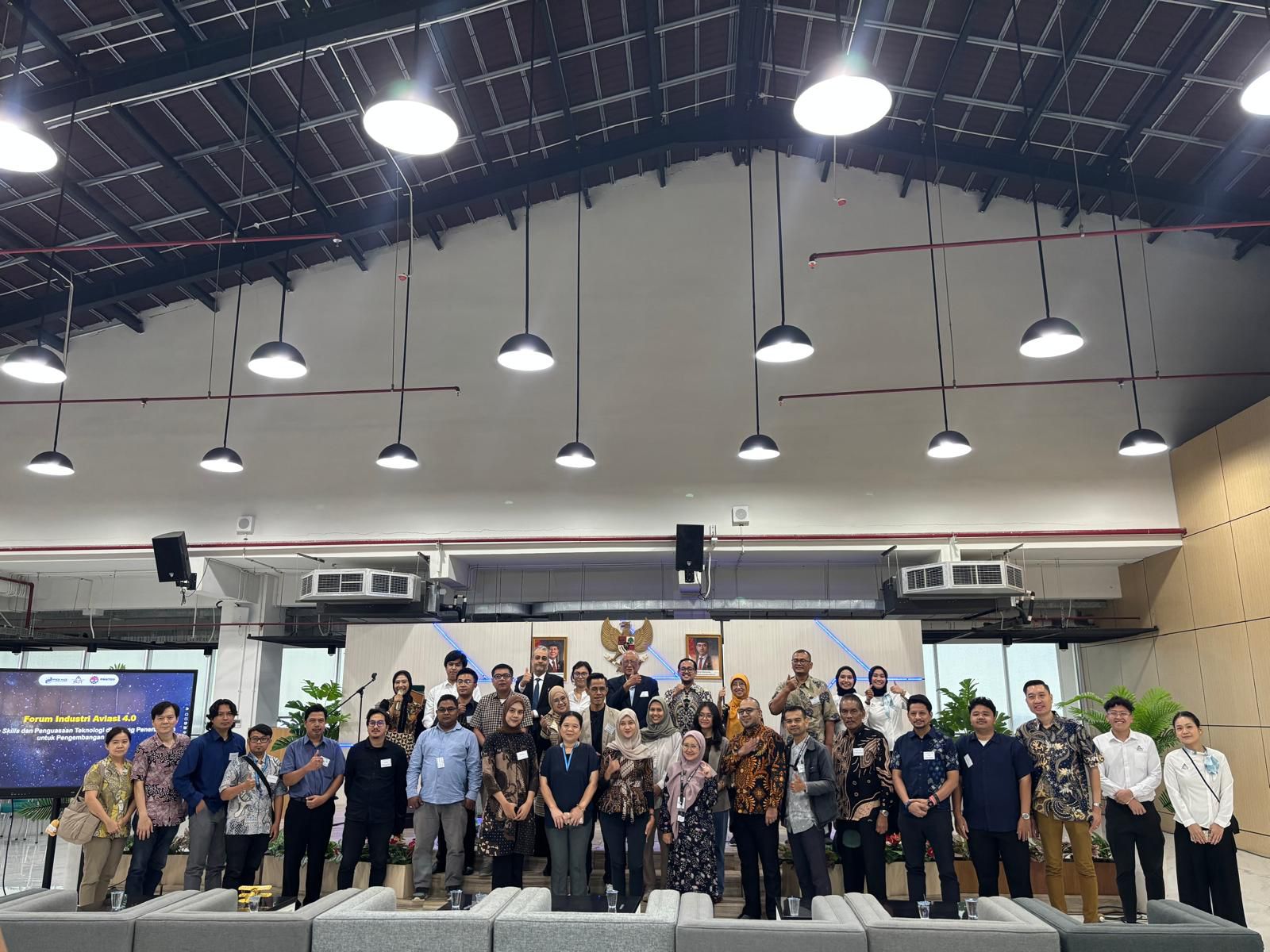





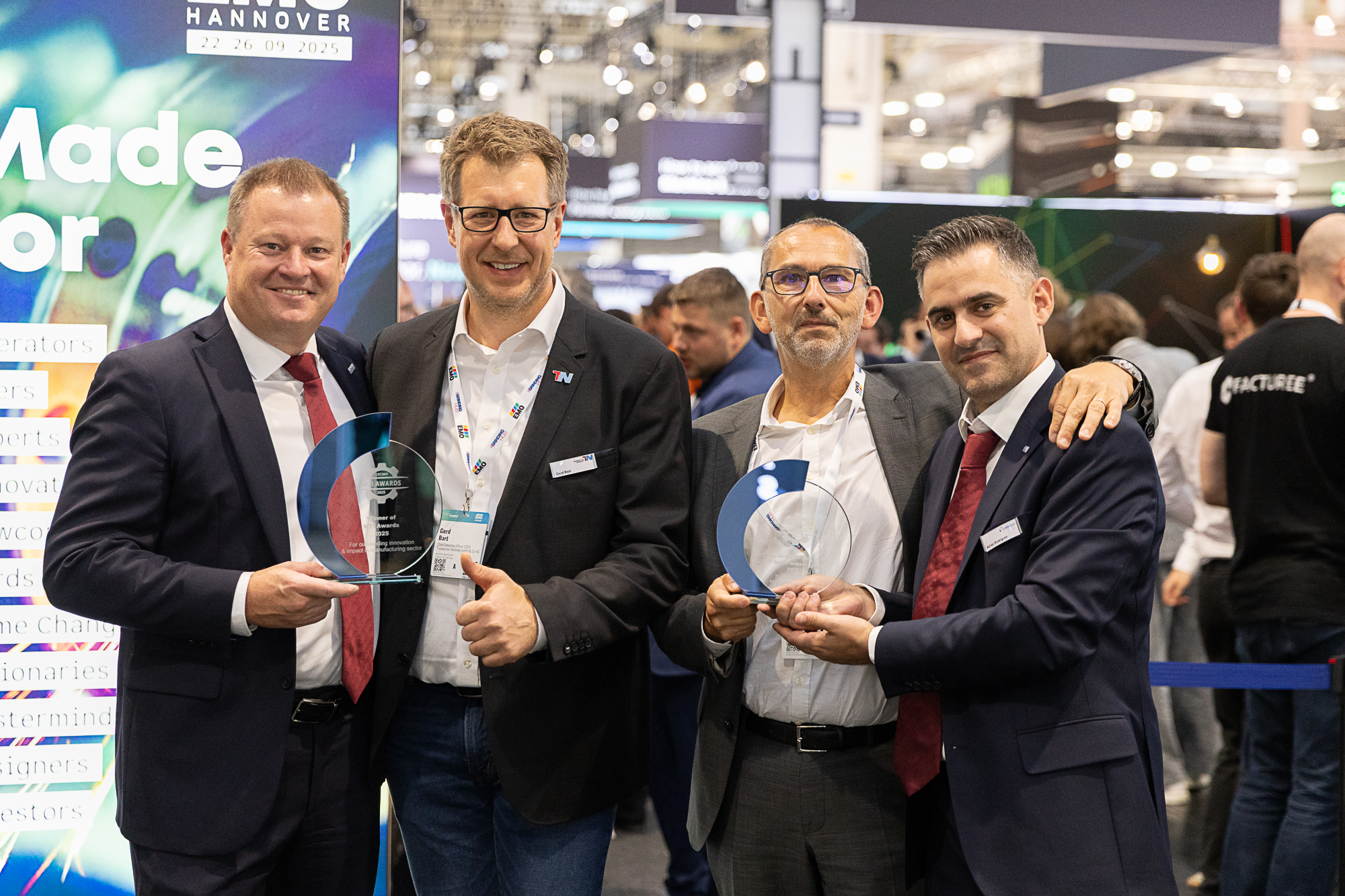








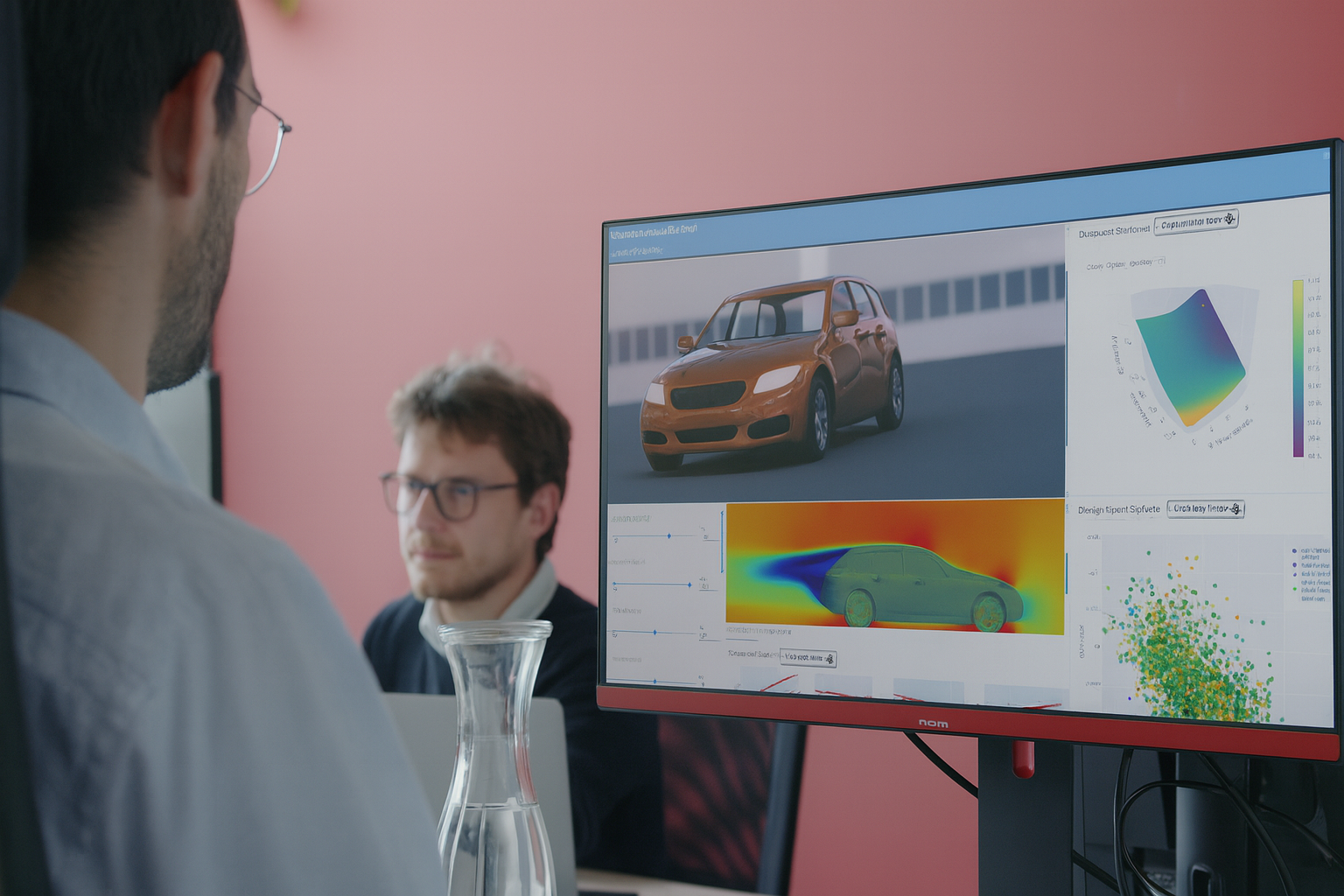
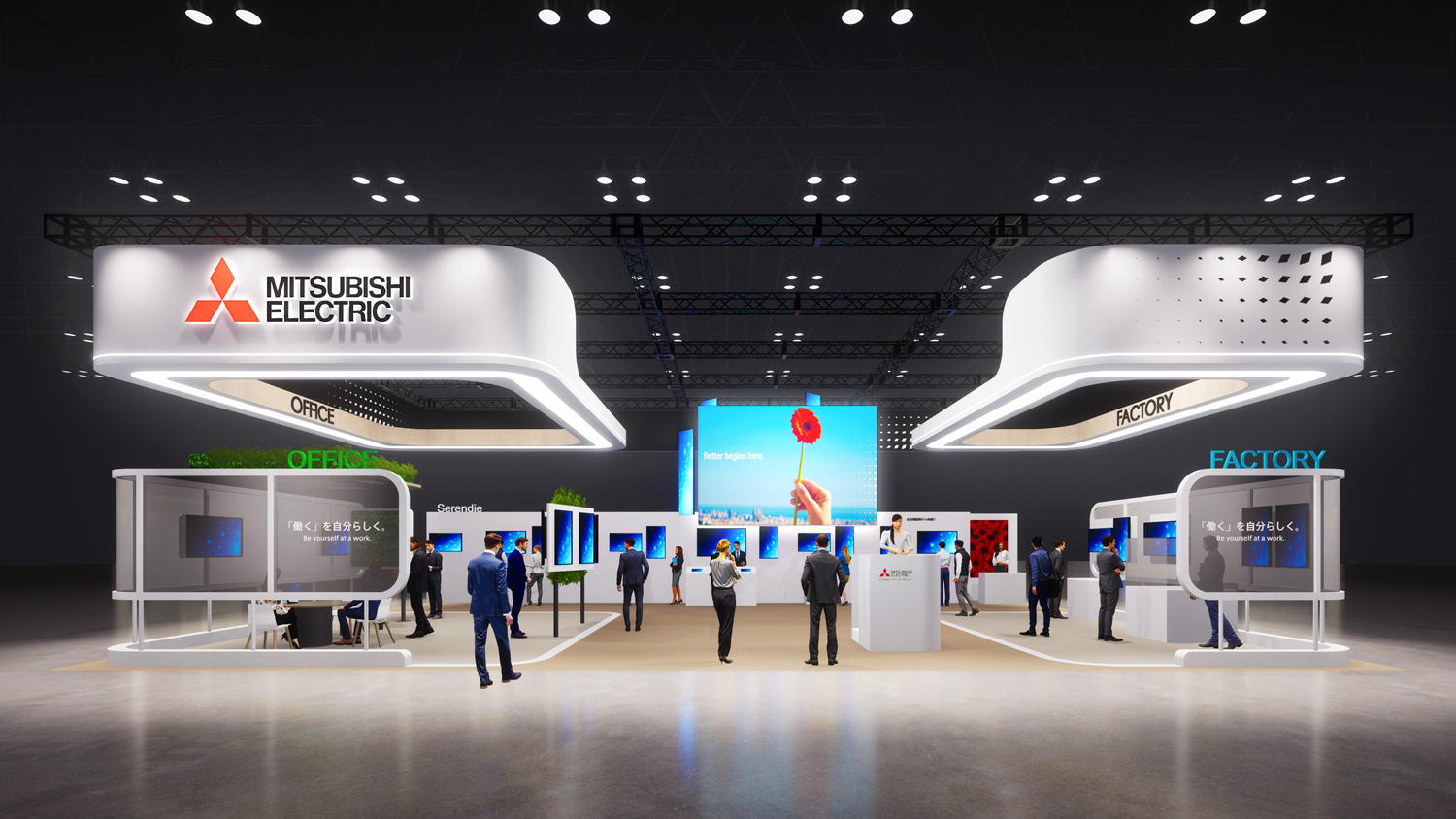
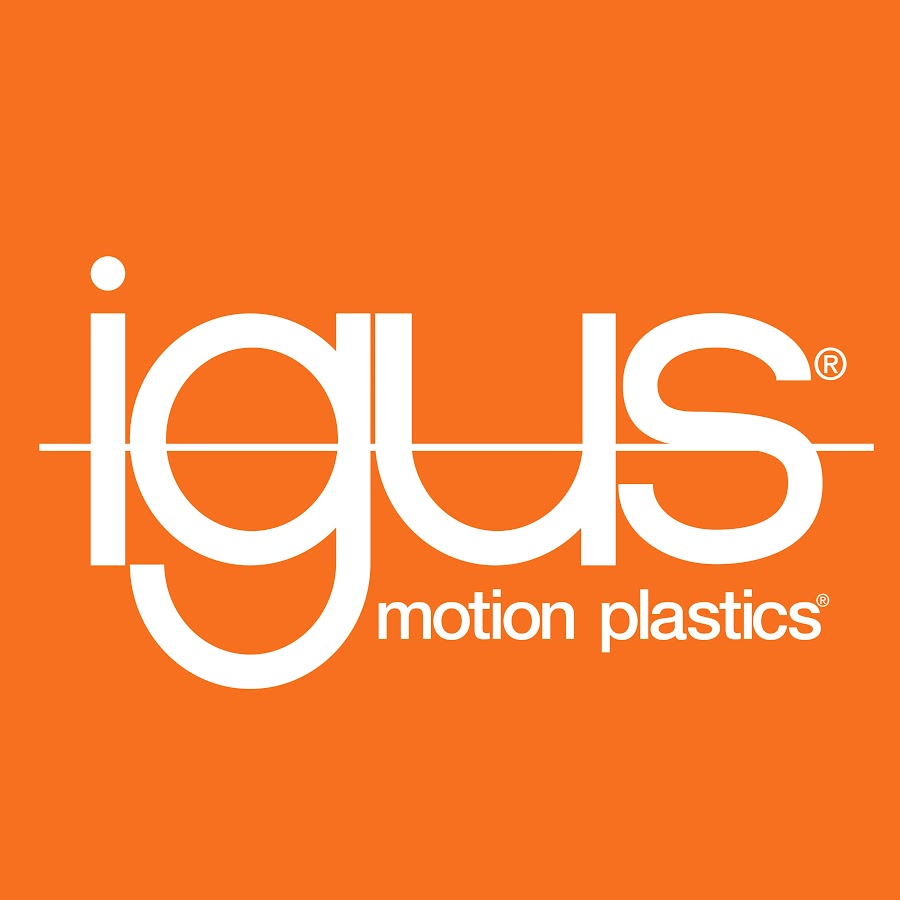
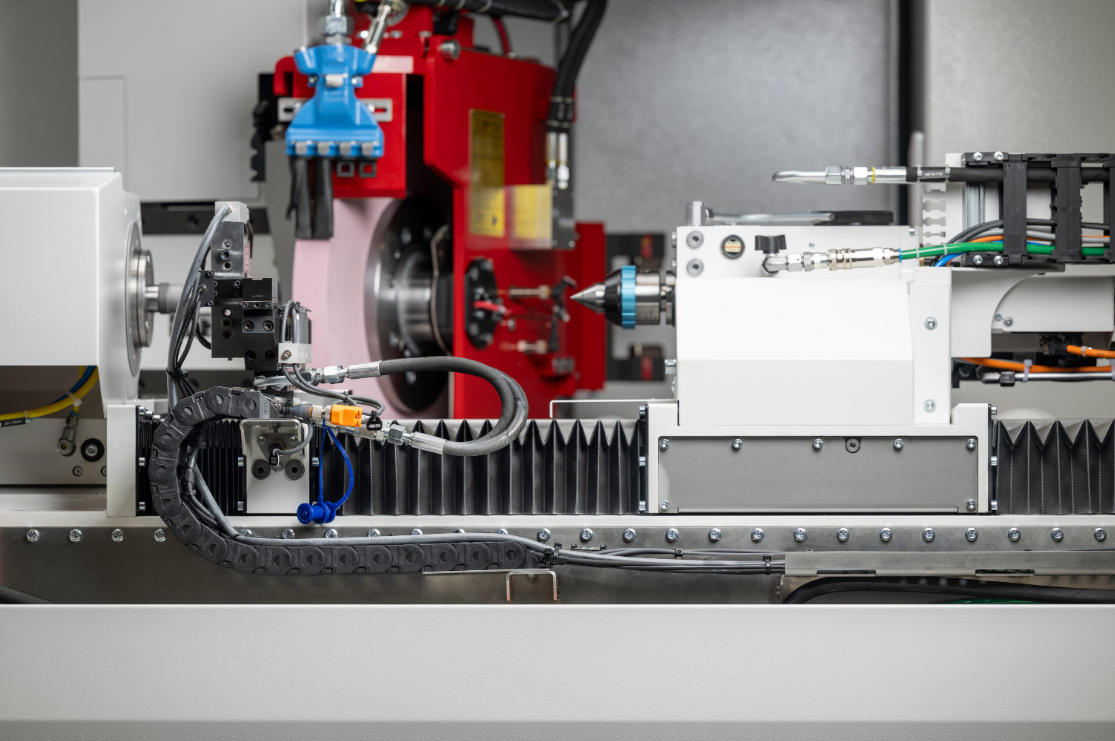


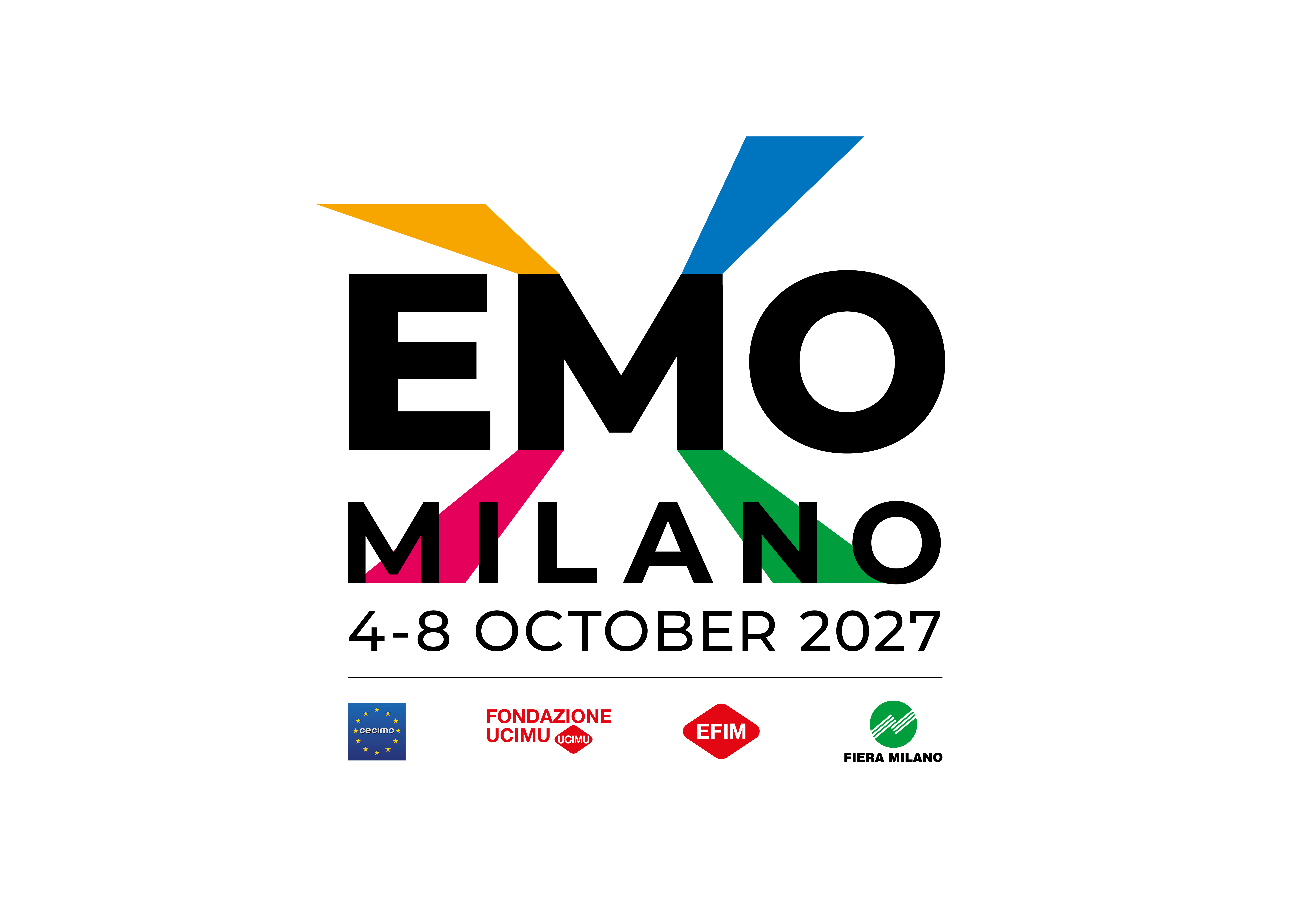


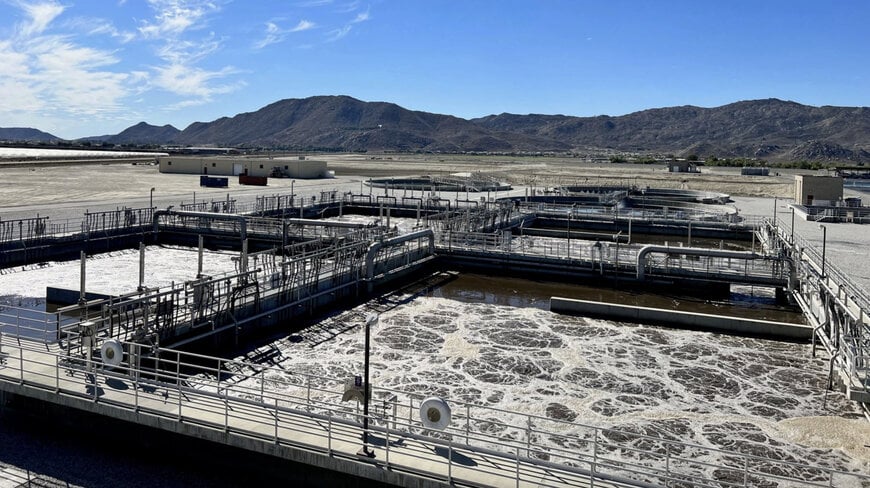

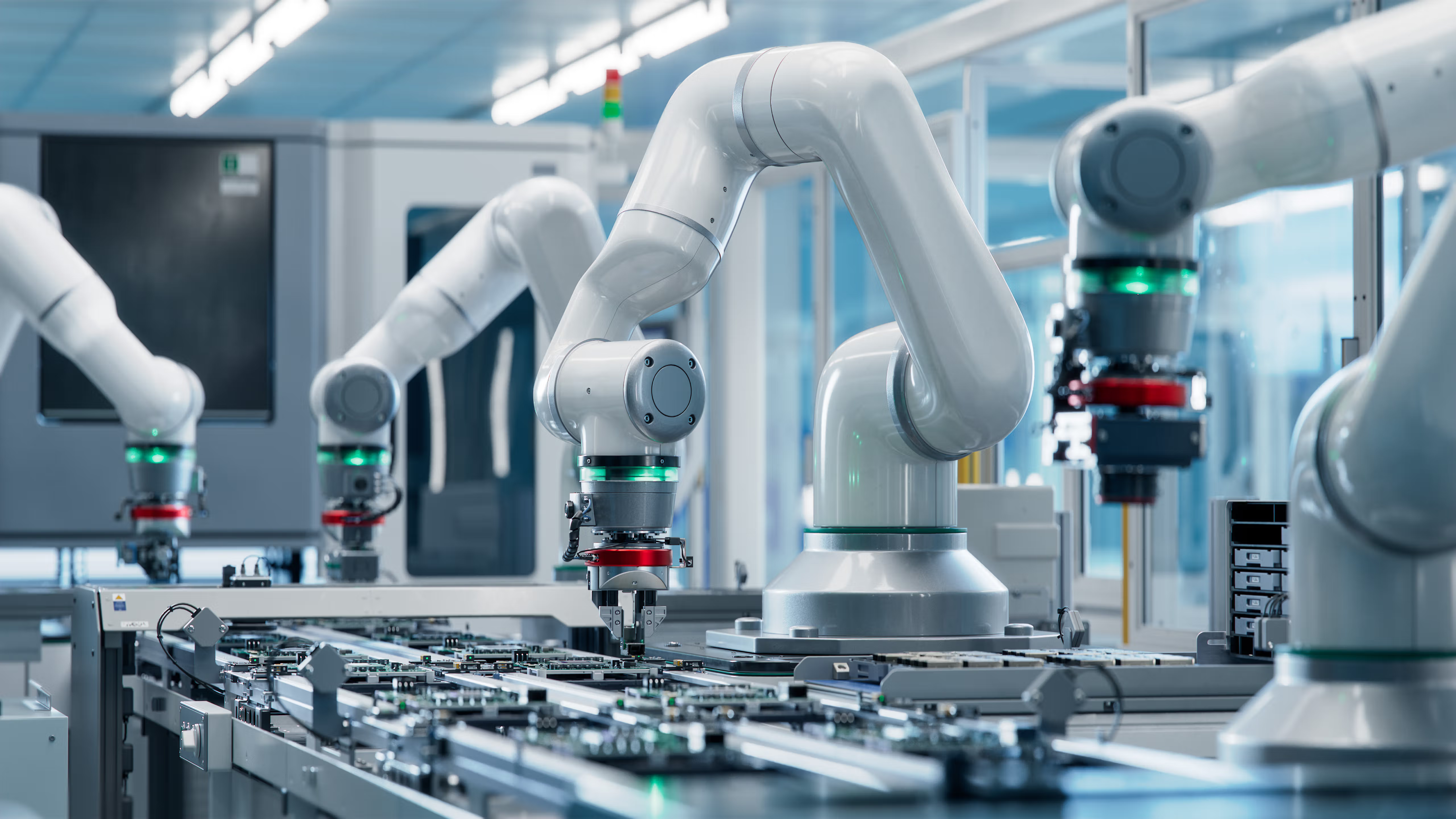

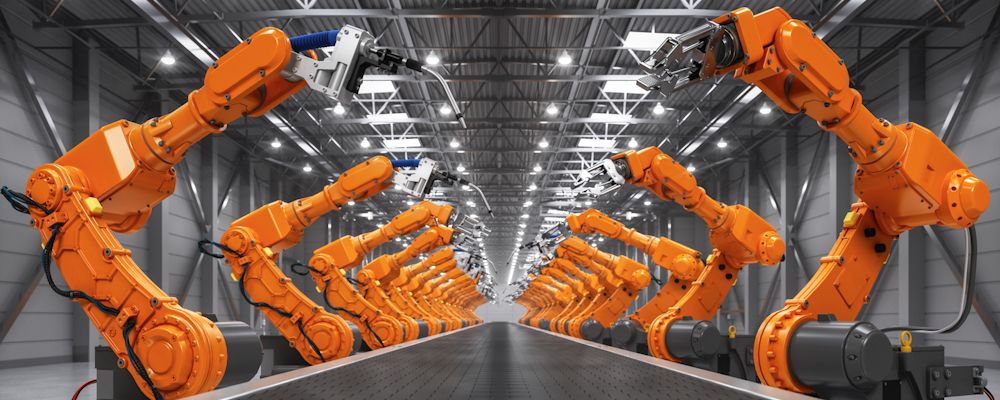
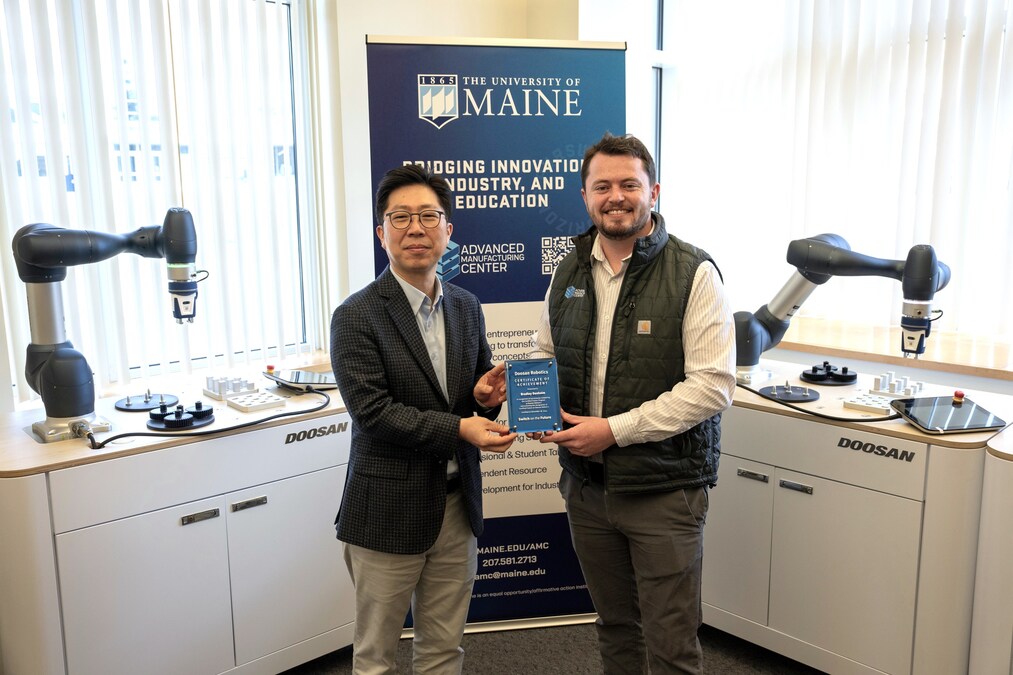
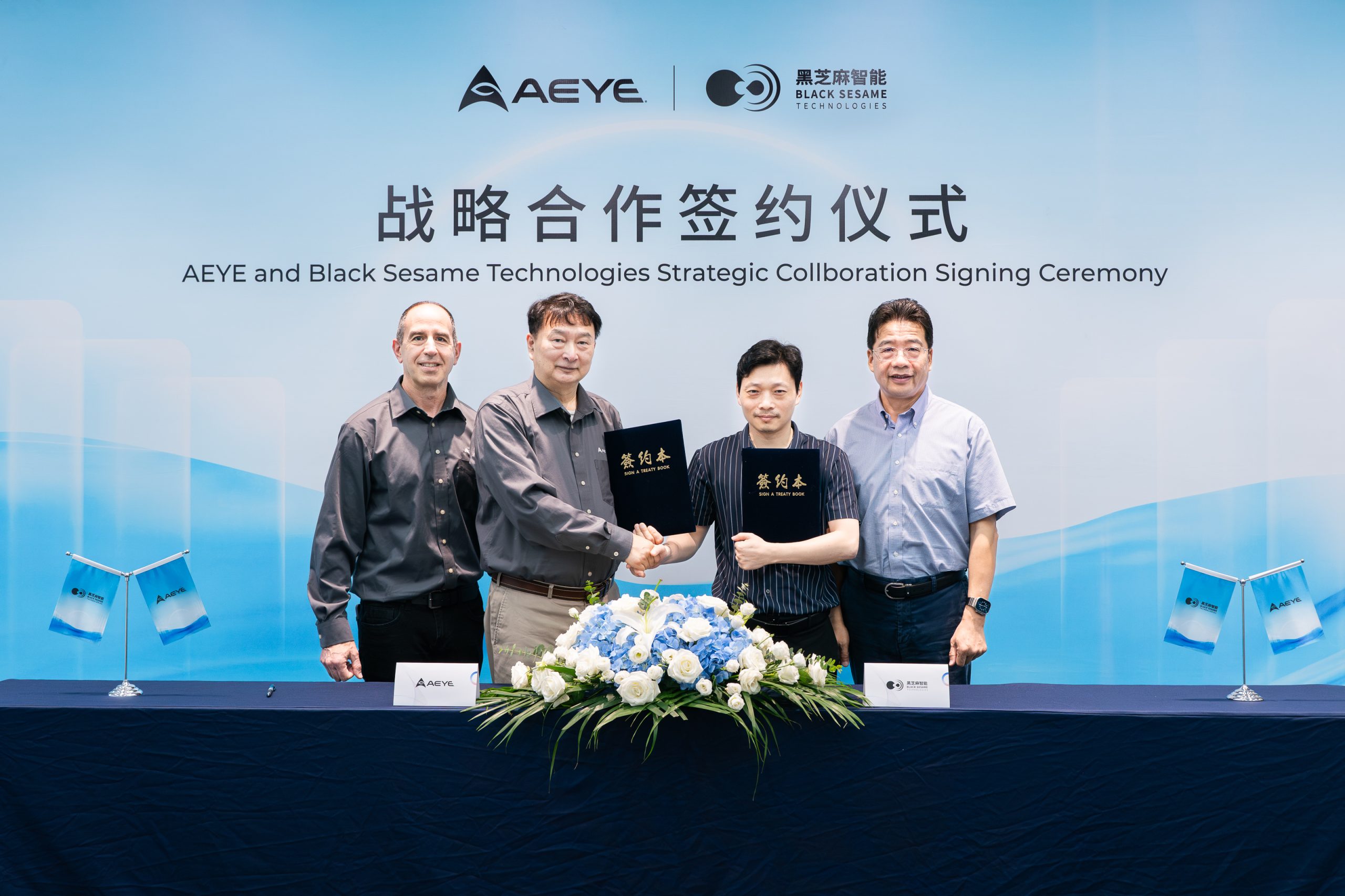


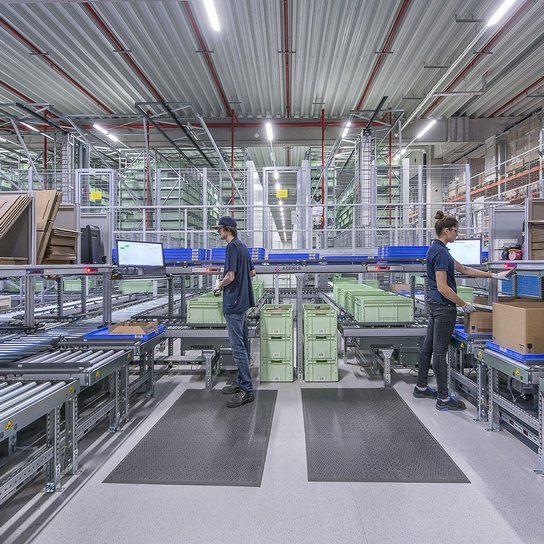



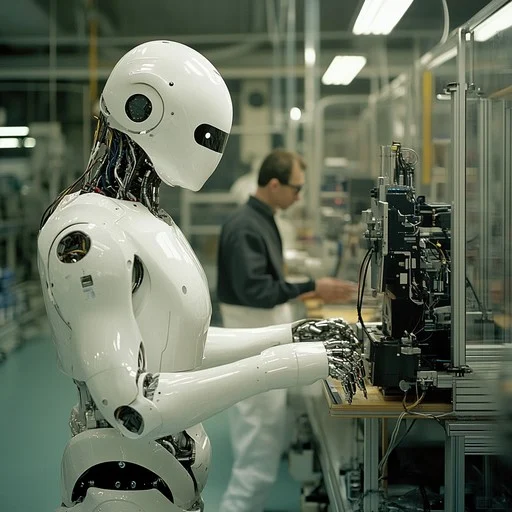
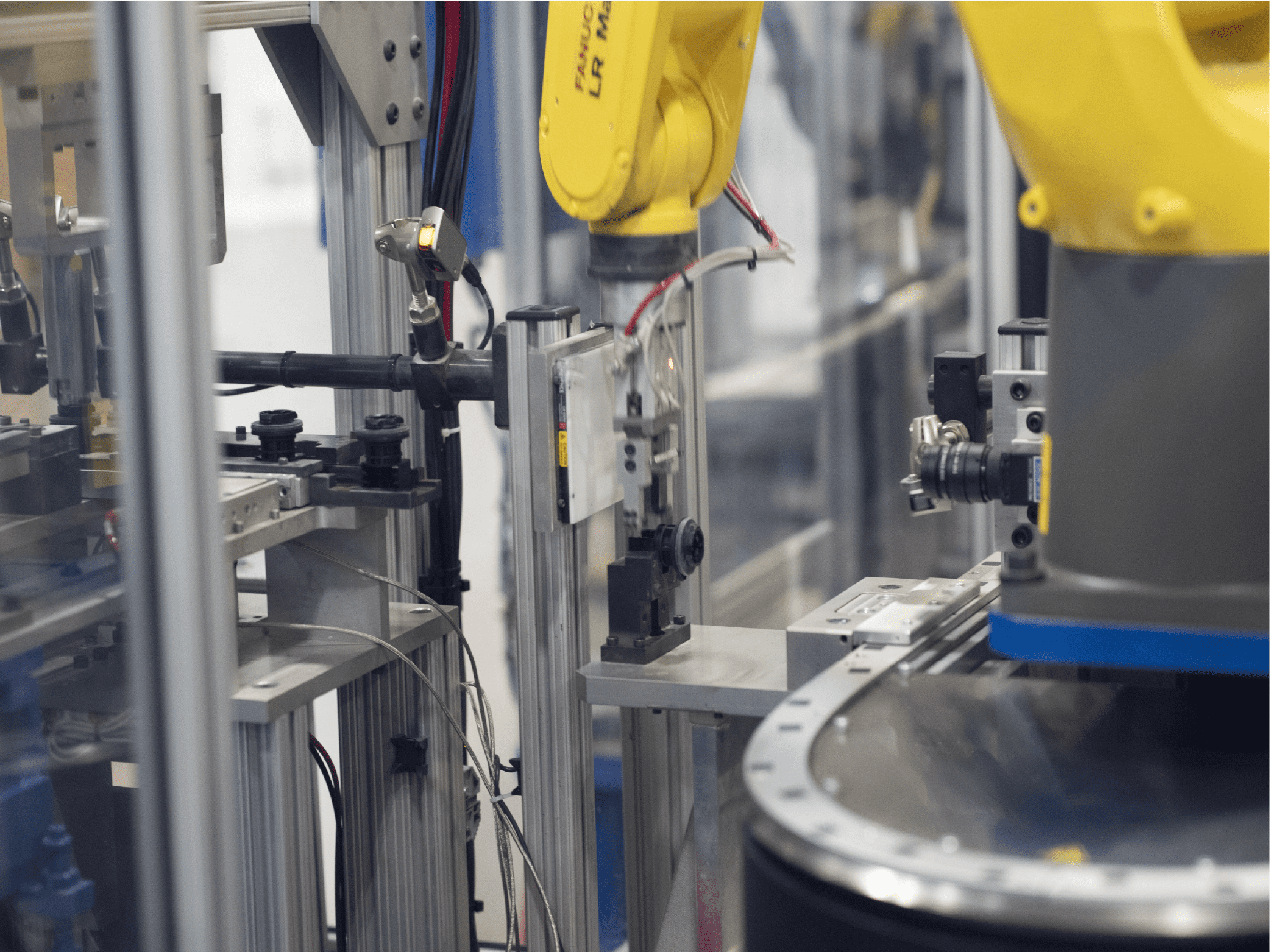
.webp)






























.png)





.png)



















